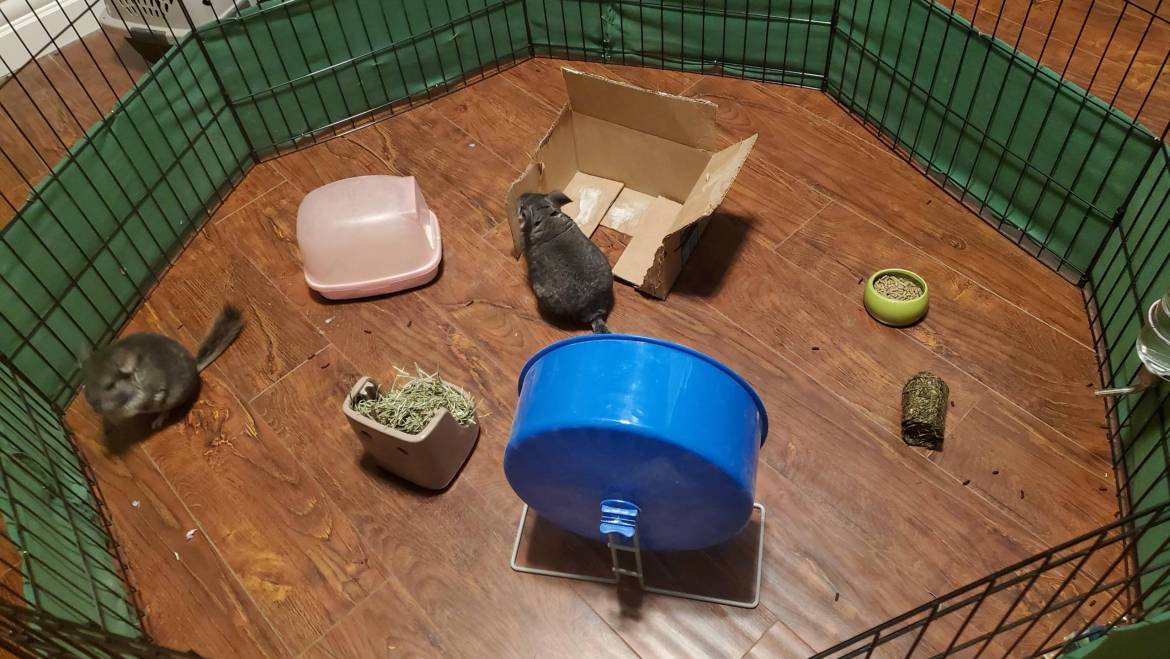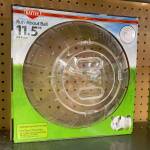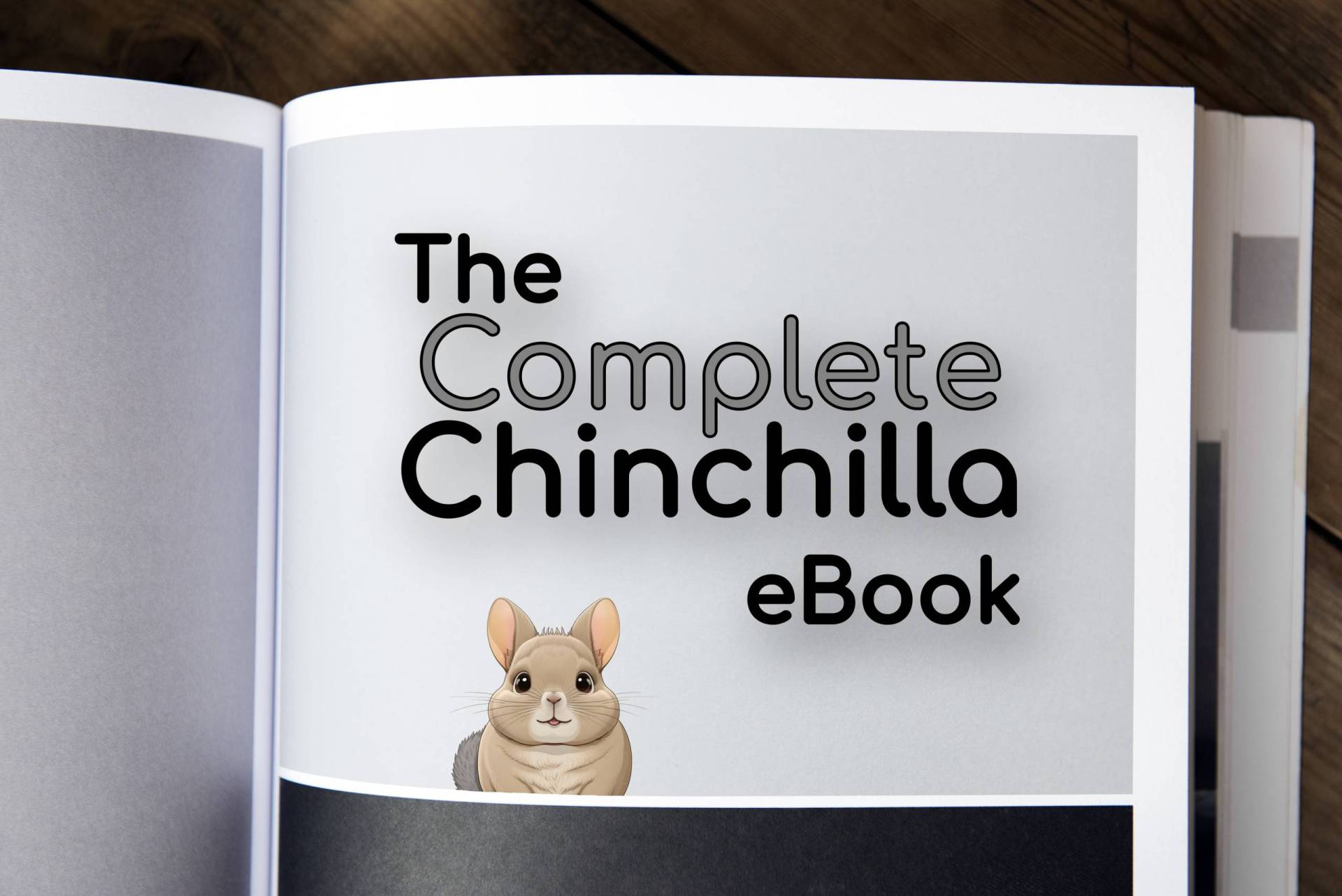Chinchillas are unique and lovable creatures that require proper care to stay healthy and happy. Exercise and environmental stimulation are two essential components of chinchilla care that cannot be ignored. Regular exercise and exposure to stimulating environments are crucial to the physical and mental well-being of chinchillas. This article will discuss the importance of exercise and environmental stimuli for chinchillas, the different types of exercise, and environmental enrichment techniques that can be used to keep your chinchilla healthy and happy.
Why Exercise is Important for Chinchillas
Exercise is essential for chinchillas to maintain good health and prevent obesity. Like other animals, chinchillas require regular exercise to keep their bodies functioning correctly. Lack of exercise can lead to various health issues, such as obesity, muscle atrophy, and digestive problems. Additionally, regular exercise can help chinchillas release pent-up energy and prevent boredom, which can lead to destructive behavior.
The Different Types of Exercise for Chinchillas
Chinchillas have different exercise needs than other pets, and as such, their exercise routines must be tailored to their unique needs. The following are different types of exercises that chinchilla owners can consider:
- Running Wheel: Running wheels are an excellent way to provide chinchillas with exercise. A chinchilla-sized wheel should be solid and free of holes, to prevent any injuries. Additionally, the wheel should be large enough for the chinchilla to run comfortably without having to arch its back.
- Playpen: A playpen is an excellent way to provide your chinchilla with a safe and enclosed space to run and play. Playpens can be made out of metal, plastic, or mesh materials and should be large enough for the chinchilla to move around freely. Chinchillas should always be supervised when using a playpen.
- Chinchilla-Proof Room: Chinchilla owners can dedicate a room in their home to their chinchilla to provide them with plenty of space to run around and play. The room should be chinchilla-proofed, with all electrical cords, poisonous plants, and other potential hazards removed or blocked off.
Why Exercise Balls Are Bad for Chinchillas
While exercise balls may seem like a good way to provide chinchillas with exercise and entertainment, they can actually be harmful to their health. Chinchillas require a lot of vertical room to jump and play, which is not possible in an exercise ball. Furthermore, exercise balls can trap chinchillas inside with their urine and feces, which can be harmful to their delicate fur and cause health problems. Chinchilla owners should avoid using exercise balls and instead provide their chinchillas with other forms of exercise, such as playpens or chinchilla-proof rooms.
Environmental Stimuli for Chinchillas
In addition to regular exercise, chinchillas also require environmental stimuli to keep them healthy and happy. Chinchillas are active animals that require mental stimulation to prevent boredom and destructive behavior. The following are different types of environmental stimuli that chinchilla owners can consider:
- Toys: Toys can provide chinchillas with mental stimulation and help prevent boredom. Toys should be made from safe materials, such as untreated wood or natural fibers. Examples of chinchilla-safe toys include wooden chew toys, willow balls, and cardboard boxes.
- Hideaways: Chinchillas love to have a place to hide and rest. Hideaways can be made from safe materials, such as untreated wood or natural fibers. Examples of chinchilla-safe hideaways include wooden houses, woven grass huts, and cardboard boxes.
- Chew Sticks: Chinchillas love to chew, and chew sticks can provide them with a safe and healthy outlet for this behavior. Chew sticks should be made from safe materials, such as untreated wood or natural fibers. Examples of chinchilla-safe chew sticks include apple wood sticks, willow sticks, and hay cubes.
- Climbing Structures: Chinchillas are natural climbers and enjoy being able to climb and explore their environment. Climbing structures can be made from safe materials, such as untreated wood or natural fibers. Examples of chinchilla-safe climbing structures include ladders, branches, and hammocks.
- Foraging Opportunities: Chinchillas are foragers and enjoy searching for food. Foraging opportunities can be provided by hiding food throughout the chinchilla’s environment. Examples of chinchilla-safe foraging opportunities include hiding hay or treats in cardboard tubes or paper bags.
Environmental Enrichment Techniques for Chinchillas
There are several techniques chinchilla owners can use to enrich their chinchilla’s environment and provide them with the mental stimulation they require. The following are different environmental enrichment techniques that chinchilla owners can consider:
- Rotating Toys: Chinchillas can quickly become bored with the same toys day after day. Rotating toys can provide chinchillas with a fresh source of mental stimulation. Chinchilla owners can rotate toys weekly to provide their chinchilla with new toys to play with.
- Changing the Environment: Changing the chinchilla’s environment can provide them with new and exciting experiences. Examples of environmental changes include rearranging the cage furniture, providing new hiding spots, or providing new toys.
- Socialization: Chinchillas are social animals and enjoy interacting with their owners. Spending time with your chinchilla, providing them with attention, and talking to them can provide them with mental stimulation and prevent boredom.
- Feeding Variety: Providing chinchillas with a variety of foods can provide them with mental stimulation and keep them interested in their food. Chinchilla owners can provide their chinchilla with a variety of hay, fresh vegetables, and occasional treats.
Chinchillas require regular exercise and environmental stimulation to stay healthy and happy. Lack of exercise can lead to obesity and various health issues, while lack of environmental stimuli can lead to boredom and destructive behavior. Chinchilla owners can provide their chinchilla with different types of exercises, such as running wheels, playpens, and chinchilla-proof rooms. Additionally, chinchilla owners can provide their chinchilla with environmental stimuli, such as toys, hideaways, and foraging opportunities. By using different environmental enrichment techniques, chinchilla owners can provide their chinchilla with the mental stimulation they require to stay healthy and happy.







